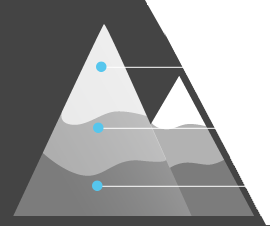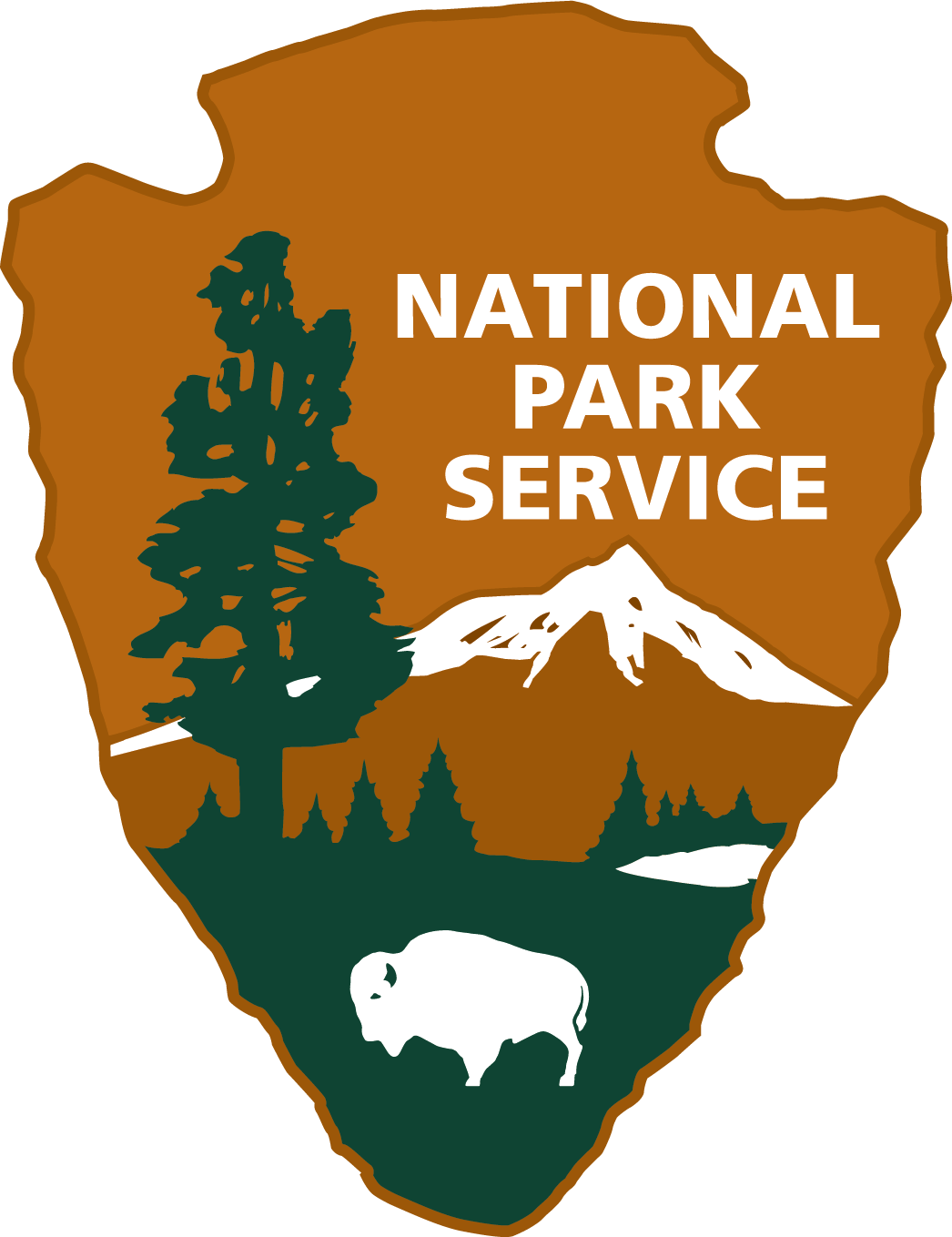| Thursday | Thursday Night | Friday | |
|---|---|---|---|
| Cloud Cover: | Incoming moisture with increasing clouds. | Mostly cloudy with continued precipitation. | Mostly cloudy with continued precipitation. |
| Temperatures: | 25-34 deg. F. | 20-26 deg. F. | 32-37 deg. F. |
| Wind Direction: | SW | SW | SW |
| Wind Speed: | 3-6 | 3-6 | 3-6 |
| Snowfall: | 2-5 in. | 2-4 in. | 1-2 in. |
| Snow Line: |
Whitefish Range
Swan Range
Flathead Range and Glacier National Park
How to read the forecast
The snowpack still consists of weak snow (facets) near the ground in most locations as well as weak snow (facets) above the Thanksgiving crust. Both of these layers pose a problem and should be treated with caution. Avoid areas of steep, shallow, and rocky terrain where you are more likely to affect the deeper layer as well as wind loaded slopes. Evaluate the snowpack and terrain carefully. We will begin issuing regular advisories Saturday, Dec. 6.

No Rating
?
Above 6500 ft.
No Rating
?
5000-6500 ft.
No Rating
?
3500-5000 ft.
Warming temperatures in the mountains over the past 24 hours are certainly favorable in helping to strengthen weak layers near the base of the snowpack in some locations, but we are not out of trouble. It takes time for these layers to strengthen. This weak layer still exists and should still be treated with caution. While we observed no obvious signs of instability yesterday and received no such reports, our stability tests indicate this layer near the ground is still an issue. We had two tests (ECTs) yesterday where the block failed at the ground upon isolation of the column (video). This is a big red flag! Tests in other locations produced no fracture propagation, but, remember, we are always searching for instability, and never use one test as a sign of stability. This early season snowpack exhibits a lot of variability. On some slopes this layer propagates a fracture and others it does not. So, even though we may not see obvious signs of instability, this layer is still quietly lurking.
Managing this layer can be tricky and difficult and requires a wide safety buffer. Careful terrain choices are one way to manage our current snowpack. This includes avoiding steep terrain as well as shallow, rocky areas. In rocky areas where it is often shallow it becomes easier to potentially affect a deeper weak layer and trigger an avalanche.
With new snow on the way pay close attention to changing conditions and look for obvious signs of instability like recent avalanche activity, cracking of the snowpack, and whumpfing (collapsing). Always carry your avalanche gear (beacon, shovel, and probe) and know how to use it. We intend to issue our first advisory on Saturday, December 6. We greatly appreciate all of the observations thus far this season. If you are out in the backcountry continue to send us your observations by submitting them on the Observations page, emailing us at fac.admin@flatheadavalanche.org, or by calling 406.387.3835.
Yesterday, we traveled in the Marion Lake area in the Flathead Range near Essex (video). We found a snowpack with the post-Thanksgiving snow sitting above a thick rain crust. Between these two layers we found a thin layer of small facets and graupel. We also found weak snow (facets) near the ground. This layer shows signs of strengthening in some locations but still very easily propagated fractures in one of our snowpits. Thus, we treated this layer with caution and avoided steep slopes and shallow, rocky areas.
Observations from others nearby the day before showed a similar snow structure. Whitefish Mountain Ski Patrol conducted their first avalanche control work in the East Rim area (observation). Their results with explosives produced wind slab avalanches above the Thanksgiving rain crust and one deeper avalanche that failed below this crust.
Mountain locations have gradually warmed over the past 48 hours with no new precipitation. Currently, mountain temperatures range from 19º to 31º F throughout the advisory area with winds out of the southwest at 5-15 mph. This dry pattern changes today as moisture moves in from the southwest. Locations above 6000 ft. could see 3-6 inches today with another 2-4 inches by tomorrow morning.
| 0600 temperature: | 19-30 deg. F. |
| Max. temperature in the last 24 hours: | 19-30 deg. F. |
| Average wind direction during the last 24 hours: | SW |
| Average wind speed during the last 24 hours: | 5-10 mph |
| Maximum wind gust in the last 24 hours: | 12-15 mph |
| New snowfall in the last 24 hours: | 0 inches |
| Total snow depth: | 7-45 inches |
This advisory applies only to backcountry areas outside established ski area boundaries. This advisory describes general avalanche conditions and local variations always occur. This advisory expires at midnight on the posted day unless otherwise noted. The information in this advisory is provided by the USDA Forest Service who is solely responsible for its content.









